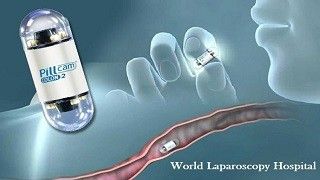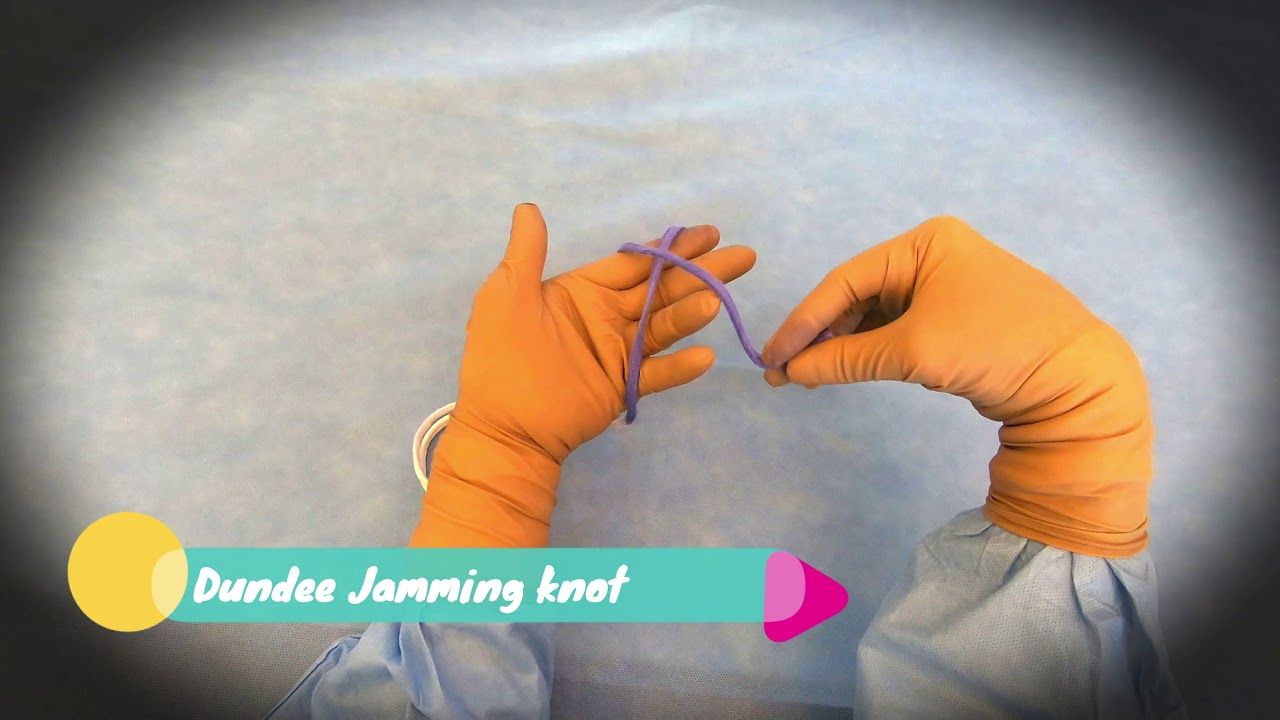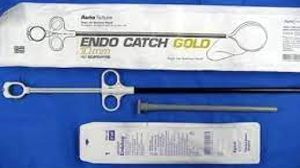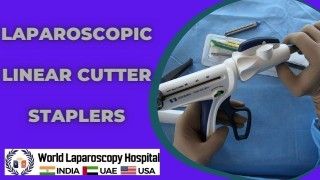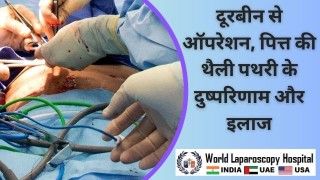Laparoscopic sleeve gastrectomy with endoscopic calibration
Add to
Share
2,105 views
Report
Description
Endoscopic calibration is associated with lower postoperative complications after laparoscopic sleeve gastrectomy. The use of the endoscope for the calibration of the gastric sleeve, instead of the standard use of the bougie, is a safe procedure and gives the surgeon a higher sense of security. The aim is to evaluate the effect of the use of endoscopic guidance on postoperative complications and mid-term results of the bariatric procedure. Gastrointestinal complication after sleeve gastrectomy surgery may be summarized as follow: acute bleeding and/or anemia, staple-line complications such as anastomotic leaks, fistulae, and strictures, erosion and slippage, bezoars, and choledocholithiasis. An endoscopy is the preferred strategy, unless there is a suspicion of leaks or fistulae, in which case preliminary contrast radiography may be more appropriate. Endoscopic treatment plays an important role in the management of a variety of staple-line complications during and even after surgery, such as stomal stenosis and anastomotic leaks. The intraoperative tightness check with blue dye and air insufflation through an orogastric tube in the bougie calibration group is done in all the patients. In the endoscopic calibration the check with blue dye is much better in all cases.
Similar Videos

